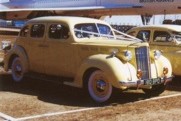 Armed with a Motor's Repair Manual for 1930's Packards, Robert Douglas turned an abandoned 1938 Packard into a working automobile, using parts from other 1930's models, in a nearby "pick ur parts" type wrecking yard. The interesting part of that was he was 11 years old. He has been working on and driving cars ever since.
Armed with a Motor's Repair Manual for 1930's Packards, Robert Douglas turned an abandoned 1938 Packard into a working automobile, using parts from other 1930's models, in a nearby "pick ur parts" type wrecking yard. The interesting part of that was he was 11 years old. He has been working on and driving cars ever since.
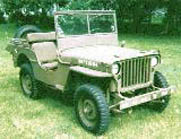
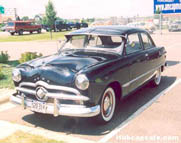 In 1959, while still in junior high, his drafting instructor had found a part time job for him, drafting for a local engineering firm. He was a licensed driver at the age of 14. He graduated to a 1949 Flat-head V-8 Ford and from that went to a 1942 Willys Jeep, which let him get more involved in rebuilding motors, transmissions, rear-ends, and brake systems.
In 1959, while still in junior high, his drafting instructor had found a part time job for him, drafting for a local engineering firm. He was a licensed driver at the age of 14. He graduated to a 1949 Flat-head V-8 Ford and from that went to a 1942 Willys Jeep, which let him get more involved in rebuilding motors, transmissions, rear-ends, and brake systems.


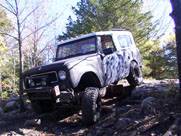 By the 1960's, he developed a knack for auto repair, and worked on cars for his friends and family. By then, he had owned, driven, and made some type of major repair, on a 1955 Chevy Station Wagon, 1956 International Scout, and a 1957 Ford Fairlane 500.
By the 1960's, he developed a knack for auto repair, and worked on cars for his friends and family. By then, he had owned, driven, and made some type of major repair, on a 1955 Chevy Station Wagon, 1956 International Scout, and a 1957 Ford Fairlane 500.
As he moved from high school to his college years, he had a 1953 Chevy, a 1966 Mustang (first new car), and then a new 1969 Plymouth Roadrunner (as an aside, one of the fastest production cars of the year in a year when cars were HOT!). This launched him into NHRA Stock Car Drag Racing.
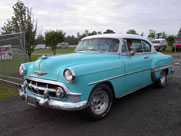
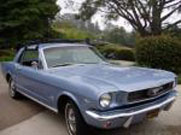
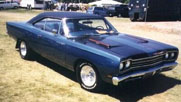
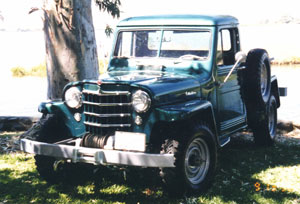
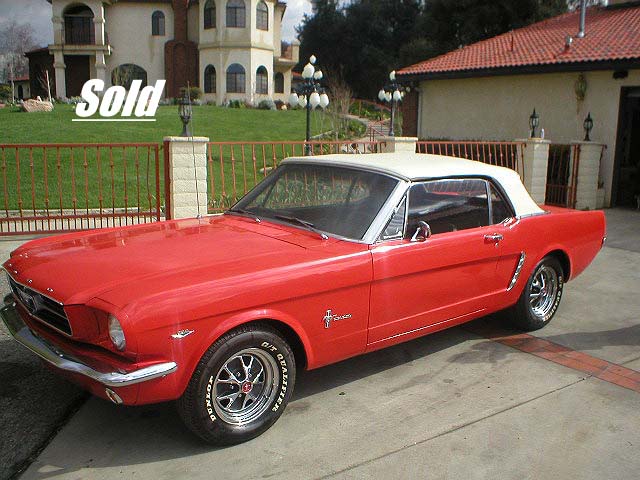
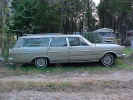 After he graduated with his engineering degree, he began buying, and fixing up cars, to drive for awhile and then to resell as a hobby. He completely rebuilt a 1953 Willys Pickup (adding a 283 Cubic Inch Chevy Engine), and owned and worked on a 1965 convertible Ford Mustang, a 1966 Ford Stationwagon, a 1972 AMC Spirit, and rebuilt a 1969 Jaguar XKE. He then bought a brand new 1974 Plymouth Satellite Sundance Sebring (yes, that was the whole name).
After he graduated with his engineering degree, he began buying, and fixing up cars, to drive for awhile and then to resell as a hobby. He completely rebuilt a 1953 Willys Pickup (adding a 283 Cubic Inch Chevy Engine), and owned and worked on a 1965 convertible Ford Mustang, a 1966 Ford Stationwagon, a 1972 AMC Spirit, and rebuilt a 1969 Jaguar XKE. He then bought a brand new 1974 Plymouth Satellite Sundance Sebring (yes, that was the whole name).
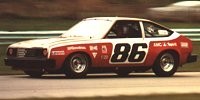
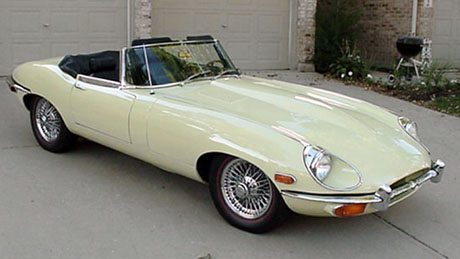

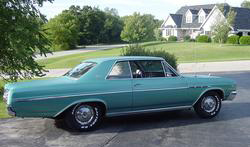 About this time he bought a 1965 Buick Special, stripped it, welded a cage into it, rebuilt, and customized the motor, and began racing it on a circular dirt race track in the Super Modified Stock Car division at Sunland Speedway near El Paso, Texas, where he learned "more than you want to know" about speed versus body damage to an automobile.
About this time he bought a 1965 Buick Special, stripped it, welded a cage into it, rebuilt, and customized the motor, and began racing it on a circular dirt race track in the Super Modified Stock Car division at Sunland Speedway near El Paso, Texas, where he learned "more than you want to know" about speed versus body damage to an automobile.
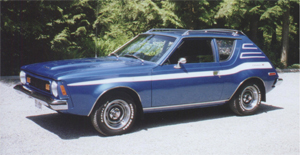
 He was working with transportation agencies after graduation from college, and continued his auto fetish by buying 6 rather run down 1970's AMC Gremlins. He swapped heads, transmissions and other engine components, and ended up with 3 nice cars, nice enough
He was working with transportation agencies after graduation from college, and continued his auto fetish by buying 6 rather run down 1970's AMC Gremlins. He swapped heads, transmissions and other engine components, and ended up with 3 nice cars, nice enough 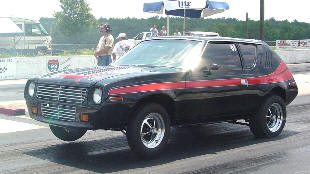
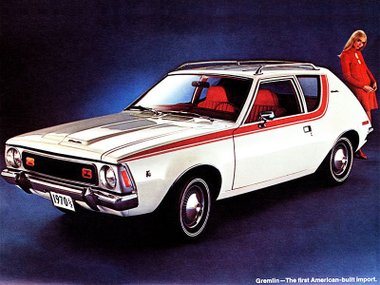 to sell for more than he paid for the 6. He kept one to customize, which turned out to be his first fiberglass body customization project, one he kept for himself (until he was talked into selling it to a friend.)
to sell for more than he paid for the 6. He kept one to customize, which turned out to be his first fiberglass body customization project, one he kept for himself (until he was talked into selling it to a friend.)
 He then had a 1974 Lincoln Continental Mark IV, a 1975 CJ5 Jeep, a 1975 Ford Van, and then bought his all time favorite, a 1969 Corvette. He bored and stroked the 454 cubic inch engine, beefed up the suspension and then sold it, again, (after deciding he might likely cause harm to himself or others since a tap on the gas pedal left your speedometer pegged at 160).
He then had a 1974 Lincoln Continental Mark IV, a 1975 CJ5 Jeep, a 1975 Ford Van, and then bought his all time favorite, a 1969 Corvette. He bored and stroked the 454 cubic inch engine, beefed up the suspension and then sold it, again, (after deciding he might likely cause harm to himself or others since a tap on the gas pedal left your speedometer pegged at 160). 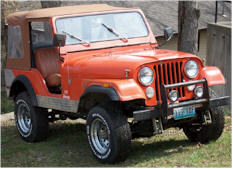
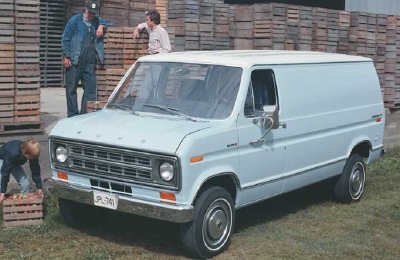 He decided to slow down and then bought one of two brand new Porsche's he owned in 1980. It was a 924, and was the first car he ever totalled. The second brand new Porsche he ever owned was bought by the insurance company to replace the first. (And that's another story.)
He decided to slow down and then bought one of two brand new Porsche's he owned in 1980. It was a 924, and was the first car he ever totalled. The second brand new Porsche he ever owned was bought by the insurance company to replace the first. (And that's another story.)
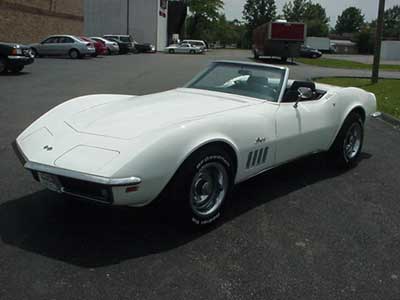
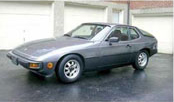
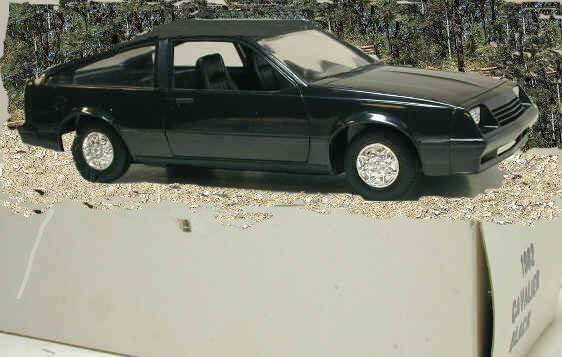 He then decided to REALLY slow down, and bought a new 1982 Chevrolet Cavalier. This was the time when the electronic ignition systems came into being, and it meant buying special equipment to do ANYTHING with the engine. A lot had changed.
He then decided to REALLY slow down, and bought a new 1982 Chevrolet Cavalier. This was the time when the electronic ignition systems came into being, and it meant buying special equipment to do ANYTHING with the engine. A lot had changed. 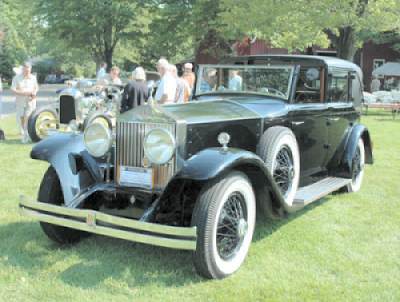
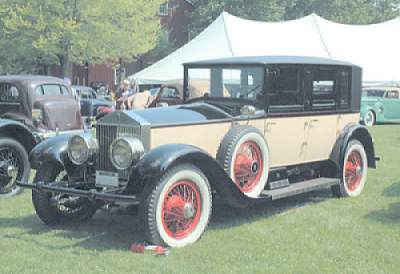 But he worked with the new systems, but also began buying older cars to work on and rebuild. Two of his favorites were a 1928 and a 1929 Rolls Royce (American Made, which made them extremely rare since no more than a hundred or so were ever made each of the few years they were built in the United States). He already had them running and was in the process of restoring them when someone found them and wanted them more than he did.
But he worked with the new systems, but also began buying older cars to work on and rebuild. Two of his favorites were a 1928 and a 1929 Rolls Royce (American Made, which made them extremely rare since no more than a hundred or so were ever made each of the few years they were built in the United States). He already had them running and was in the process of restoring them when someone found them and wanted them more than he did.
 He had a 1983 AMC Spirit, a 1984 Mazda Pickup with Shell, and a fleet of 5 1980 Isuzu Pickups
He had a 1983 AMC Spirit, a 1984 Mazda Pickup with Shell, and a fleet of 5 1980 Isuzu Pickups 
![]()
 by the time he was in El Paso in the late 1970's to early 1980's. He had a 1978 Stake-Bed Ford One Ton and a 1980 International 24' Box Truck while still in El Paso, Texas, as well.
by the time he was in El Paso in the late 1970's to early 1980's. He had a 1978 Stake-Bed Ford One Ton and a 1980 International 24' Box Truck while still in El Paso, Texas, as well.
 He became a sedate driver by that time. He bought a new 1990
He became a sedate driver by that time. He bought a new 1990  Mitsubishi Eclipse (sounds fast but was actually docile). Later he bought a 1993 Saturn just to prove how domesticated he had become. He installed a cruise control in the Saturn and is still doing a lot of mechanical stuff to his vehicles. He has had several vehicles since (but we're running out of space).
Mitsubishi Eclipse (sounds fast but was actually docile). Later he bought a 1993 Saturn just to prove how domesticated he had become. He installed a cruise control in the Saturn and is still doing a lot of mechanical stuff to his vehicles. He has had several vehicles since (but we're running out of space).
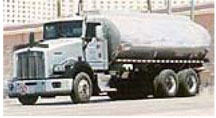 In addition to owning regular cars, during one summer in the late 1960's he drove one of those gas delivery tankers that takes gas to the service stations. (Big rig without a trailer).
In addition to owning regular cars, during one summer in the late 1960's he drove one of those gas delivery tankers that takes gas to the service stations. (Big rig without a trailer).  And worth mentioning, he was the proud owner and operator of a "Navion" aircraft. Also, he owned, operated, and worked on eight (8) motorcycles during this time, the nicest being a 1971 Yamaha XJ 750. (The best sounding was a 1965 BSA 650). The 1971 XJ was Yamaha's answer to the 1000 of the day, and it was FAST. But the BSA had that DEEP rumble & was almost as fast!!!
And worth mentioning, he was the proud owner and operator of a "Navion" aircraft. Also, he owned, operated, and worked on eight (8) motorcycles during this time, the nicest being a 1971 Yamaha XJ 750. (The best sounding was a 1965 BSA 650). The 1971 XJ was Yamaha's answer to the 1000 of the day, and it was FAST. But the BSA had that DEEP rumble & was almost as fast!!!
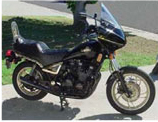
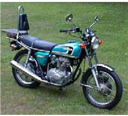
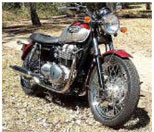
While he was still in high school, he took a nighttime course in electronics that gave him a "Radio Technology Certificate". His grandfather was a licensed electrical contractor, and he spent many hours in electrical contracting. He became proficient in programming systems and was given the task of redesigning the State of Arizona Construction Division programs, and rewrote the technical manual for their use. He was the lead in a California Department of Transportation Headquarters task force which not only reshaped the concepts of the programming, but introduced an electronic time sheet to the California Department, replacing the burdensome paper time sheets (more than 40,000 payroll sheets that needed to be checked and verified by HAND each month).
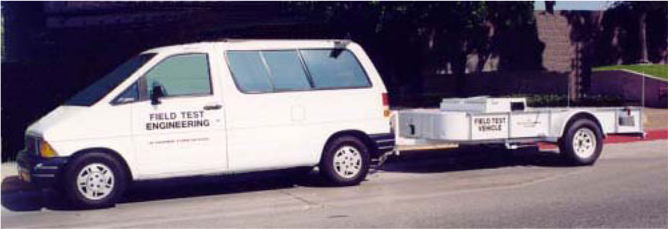
In 1997, his mechanical, electronic, and automotive experience combined with the efforts of a major trailer manufacturer in Phoenix, Arizonia, help from the American Society for Testing and Materials E-274 specifications, and components manufacturers from around the country, he designed and built the first privately owned full scale skid (roadway coefficient of friction) trailer in Southern California, which is used for determining the adequate friction of a roadway and is the standard of the profession. (He is currently a member of the ASTM E-17.21 committee on roadway-pavement interactions).